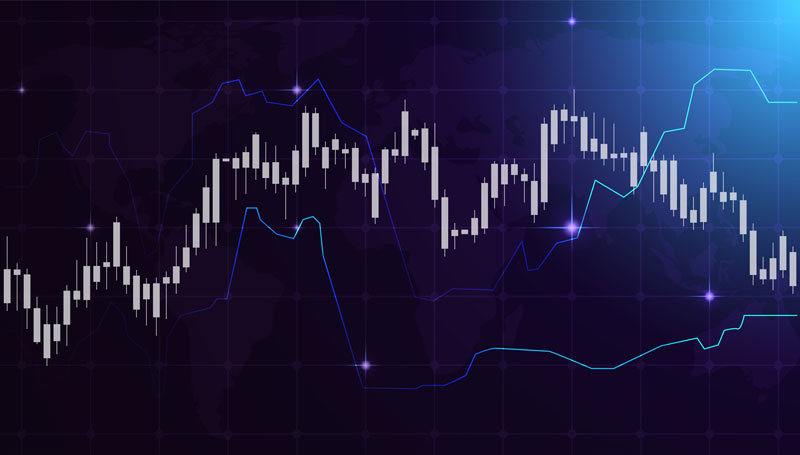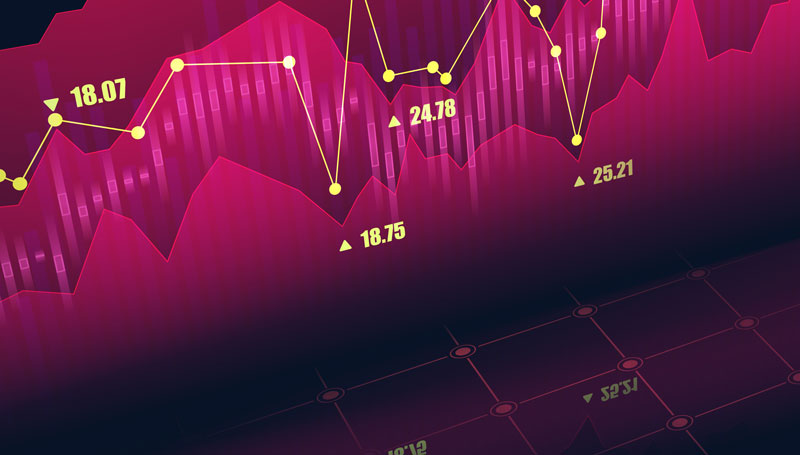
Gold 1920,68
|
EURUSD 1,2314
|
DJIA 30860,50
|
OIL.WTI 51,035
|
DAX 13856,59
|
|---|
Japan’s central bank is in a nightmare situation…and so is the economy of the Rising Sun. The Japanese yen wants to rise sharply against a basket of major world currencies. The Japanese central bank wants to weaken it in order to ease the burden on exporters.
USDJPY

The situation has reached an impasse. Against the background of the global crisis, the yen is set to strengthen sharply. This is always the case when Japanese investors sell assets abroad (including stocks and bonds) and transfer the proceeds into the yen.
A logical question might arise. Why do they do that anyway? The fact is that all Japanese corporations and funds, which work on the domestic market, keep their balance sheets solely in yen. And that means that it is important for them how much yen they have returned to the bank account and reported back to their investors.
Next problem. Fall of the US dollar. The US dollar is falling against the euro, the pound sterling, and emerging market currencies. At the same time it should fall even faster against the yen. However, if you look at the chart above, you can see that the Japanese currency is strengthening against the US dollar at a much slower pace.
The key question is “why”? There are two reasons for that. The Japanese central bank is stimulating the economy by printing huge amounts of new money. And with all its might, it is trying to squeeze that money out of the country (via exchange to the same euro and dollar) to keep inflation from rising.
But even that does not help much. That is why currency intervention is the “weapon of the last day”. It can happen if the level of 100 yen per 1 dollar is broken through. Otherwise, the exchange rate can move sharply towards the 90 level, seeing that the Japanese central bank takes no action.
Conclusion. In the nearest future the Japanese Yen will remain in a narrow descending corridor, which can be easily recouped by a pullback. The main thing to remember is that volatility can jump much higher in both directions, in case of breakdown of the level of 100 Yen per 1 USD.
09.30 Construction PMI for December for Euro Area
11.00 Core Inflation Rate for December for Euro Area
Important Notes on This Publication:
The content of this publication is for general information purposes only. In this context, it is neither an individual investment recommendation or advice nor an offer to purchase or sell securities or other financial products. The content in question and all the information contained therein do not in any way replace individual investor- or investment-oriented advice. No reliable forecast or indication for the future is possible with respect to any presentation or information on the present or past performance of the relevant underlying assets. All information and data presented in this publication are based on reliable sources. However, Bernstein Bank does not guarantee that the information and data contained in this publication is up-to-date, correct and complete. Securities traded on the financial markets are subject to price fluctuations. A contract for difference (CFD) is also a financial instrument with leverage effect. Against this backdrop, CFD trading involves a high risk up to the point of total loss and may not be suitable for all investors. Therefore, make sure that you have fully understood all the correlating risks. If necessary, ask for independent advice.










